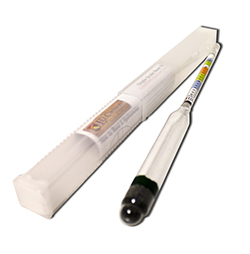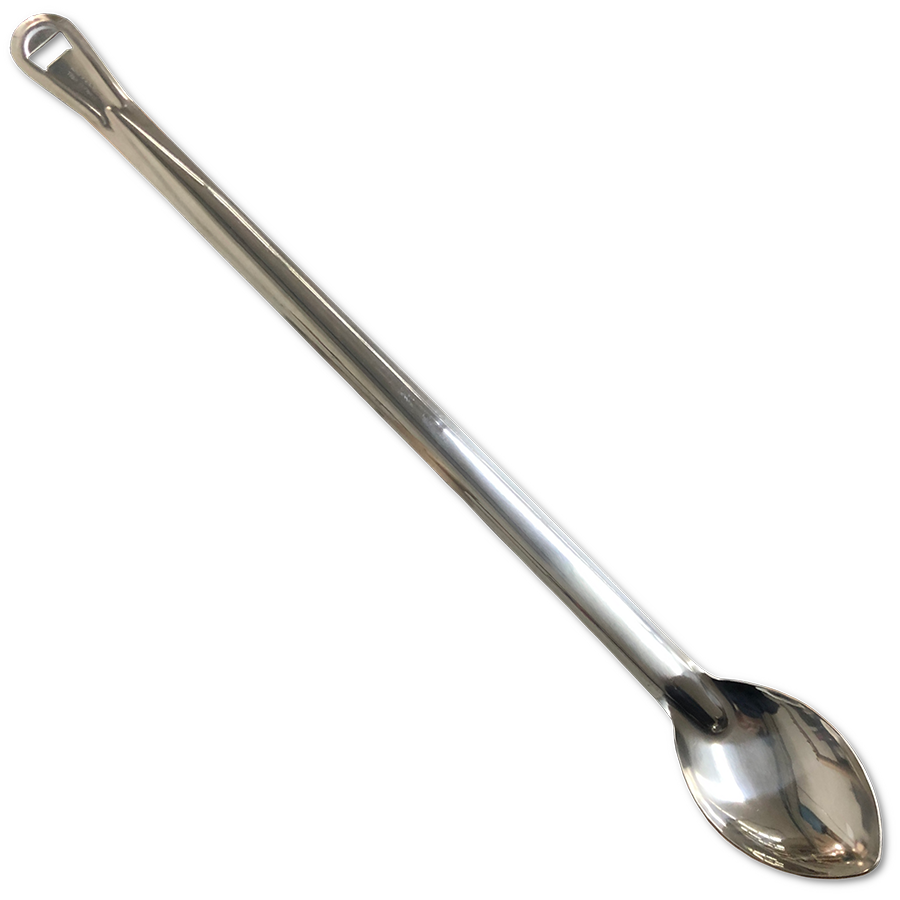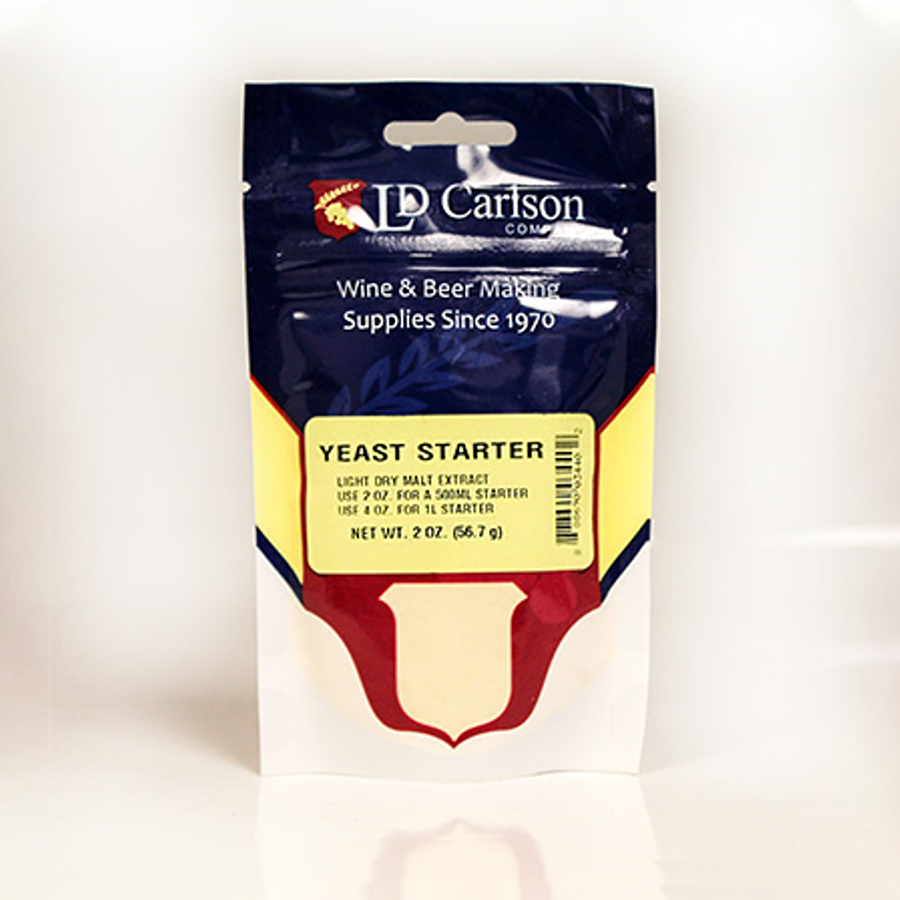QA23 Lalvin Wine Yeast
Brand : Lalvin
- SKU:
- 3402
- UPC:
- 805526500078
- Shipping:
- Store Pickup - Free Shipping
- yeast:
- free shipping

Lalvin QA23 an excellent choice for wine styles like Chardonnay, Sauvignon Blanc, Sémillon, Chardonel and Gewürztraminer. QA23 Lalvin Wine Yeast has low nutrient and oxygen requirements, and it has been known to ferment juice at low temperatures (59°F) to dryness. QA23 Lalvin Wine Yeast is an excellent thiol converter making it a complementary yeast for developing varietal Sauvignon Blanc passion fruit character. It also produces large amounts of the enzyme beta-glucosidase during growth which allows for the release of bound terpenes in aromatic varieties. Try this great new yeast today.
- Fermentation Speed-Fast
- Glycerol Production-High
- Lag Phase-Moderate
- Nitrogen Needs-Low
- Alcohol Tolerance-16 %
- Volatile Acidity-Low
- SO₂ Production-Low
- Max. Temperature-82 °F
- Min. Temperature-57 °C
- H₂S 170ppm-Low
- H₂S 60ppm-Low
- Reaction to O₂ addition-High
- Acetaldehyde Production-Low
OTHER PRODUCTS YOU MIGHT NEED
If you are making small batches, equipment kits are a very easy and cost effective way to obtain what you need to get started. The Vintner's Best Deluxe Wine Equipment Kit pictured here has everything you need to make a six gallon batch of wine. Each batch yields approx. 28 to 30 - 750ml bottles of wine. This kit is the top of the line and there are other equipment kits you can choose from for your kit.
Equipment Kit includes
- 7.9 Gallon Fermenting Bucket
- Lid with Grommet
- 6 Gallon Glass Carboy
- Bottle Filler
- Double Level Corker
- Triple Scale Hydrometer
- Easy Clean Cleanser
- Auto Siphon w/ siphon hose
- Carboy Bung w/ Airlock
- Corks 30 count
- Plastic Mix Stir that attaches to drill.
If you are buying QA23 yeast, you are probably getting ready to ferment some wine. You can select from 2 gallon to 20 gallon fermenters that can be shipped to your front door. If you are close enough for a store pickup and making larger batches, you can select from a wide range of variable stainless steel tanks.
If you are purchasing QA23 Lalvin Yeast, you are probably getting ready to ferment some white wine. Since it is favorable to ferment whites at lower temperatures, yeast nutrient is a great way to combat the risk of stuck fermentation. Yeast needs more than just sugar to thrive. It also needs nitrogen. It is important to remember that the yeast is what actually makes the wine. It does its best with the right nutrition. That is essential to limiting the risk of off flavors and aromas that come with yeast stress. If you have ever made wine and it had a rotten egg smell, that is hydrogen sulfide. Though it eventually clears in most cases, it is no less unpleasant and unfavorable. Yeast make better wine and finish totally dry when they are well fed and happy. Add 1/2 dose at the start of fermentation and another 1/2 after 1/3 of the sugars have been fermented.
Acid Blend is another essential winemaking additive for your QA23 yeast. All too often, fresh grapes and especially fresh juices lack enough acidity to provide an ideal environment for your yeast. Correct pH environments produce the best results. Acidity also does more than just facilitate proper yeast activity. It protects against bacterial infection. The pH sweet spot for whites is 3.3-3.4. If your acidity is in the 3.6-3.8 range, that is much more conducive for bacterial proliferation. This is why it is important to make acidity adjustments before pitching your QA23 yeast. To test the pH and total acidy of your must, you can shop pH meters and other testing equipment like flasks and wine thiefs.
Because QA23 is a cultured yeast, it recommended to add sulfites to your must prior to pitching your yeast to inhibit wild stains. In addition to nutrient and proper acidity, another tool for facilitating proper yeast activity is removing competition. Yeast strains fight for dominance and there is always a winner. Since yeast is essentially on every surface, one dominant foreign strain can ruin a whole batch. You do not want bread yeast fermenting your wine. Cultured yeasts are engineered to be sulfite resistant which gives them an intrinsic advantage after adding sulfites. Adding 1/4 tsp. of potassium metabisulfite per 6 gallons of must 24 hours prior to pitching your yeast for best results.
Sulfites are also excellent for sanitation. While your wine is fermenting, you can fill a bucket with water and add 2-3 TBS. of sulfites per gallon. This will keep your tools sanitary and ready to use. Sulfites can last up to 30 days in a sanitation solution if covered. Another excellent sanitizing agent is Star San.
Airlocks are another inexpensive product that should be periodically replaced. Though it might be easy to assume bacteria is not a concern with airlocks because they do not actually touch your wine, this is not the case. You don't want to risk losing your batch over a potentially unsanitary and cheap piece of plastic.
A Hydrometer is an essential tool to monitoring fermentation in your batch. Hydrometers can last a lifetime, if they don't break. If you have suffered the disappointment of breaking your favorite hydrometer or don't have one, you can view them here.
It is very important that your wine equipment is only used for wine. Kitchen utensils are full of unwanted yeast strains and bacteria. Get the right tools for the job.
Making a yeast starter is a great way to avoid stuck fermentation and also get high yeast counts that allow the final cells to clean up after themselves, reducing off flavors and aromas. Higher populations means less yeast stress and less risk of off-flavors. They help make better beer and can be used with Apex Cultures Dry Brewing Yeast London. Use the right equipment to make the job easy. Flask, Foam Stopper, and Airlock.

DID YOU KNOW
The earliest known manufactured wine was made in Cypress in 2000 BCE.







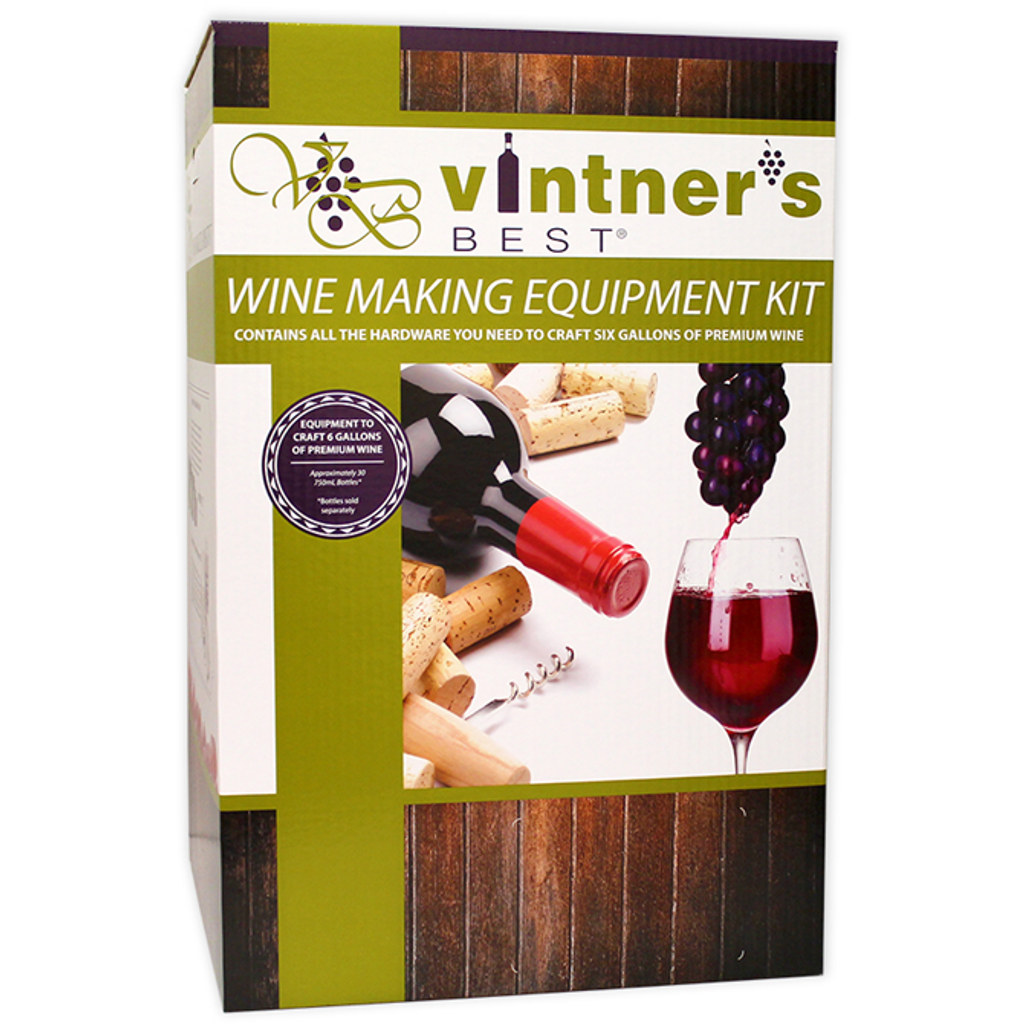
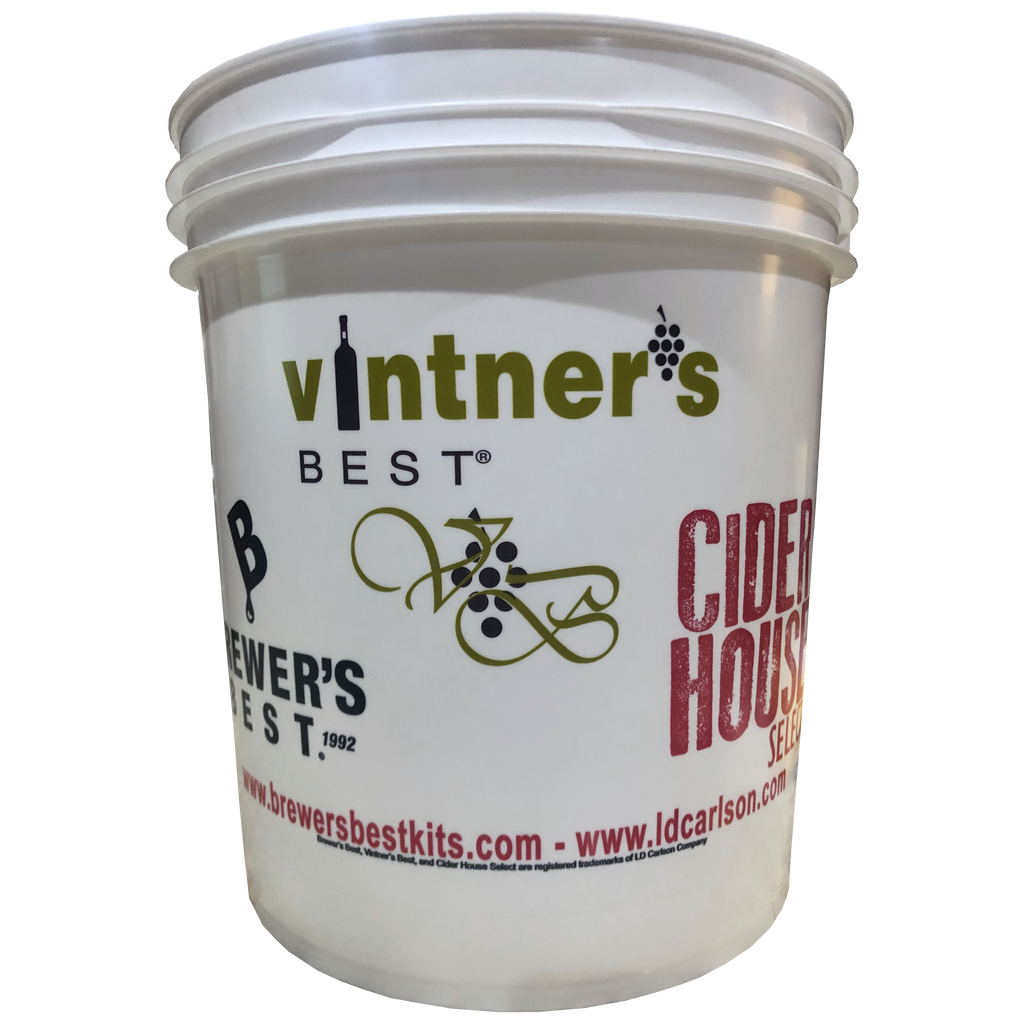
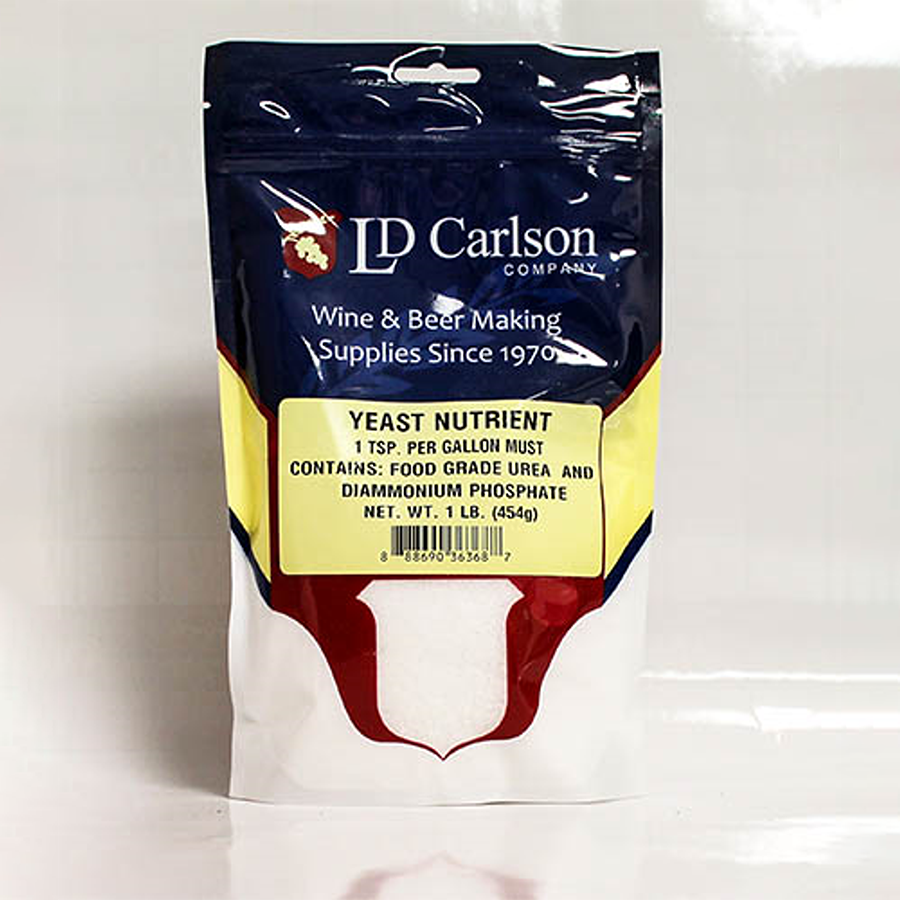 Yeast Nutrient
Yeast Nutrient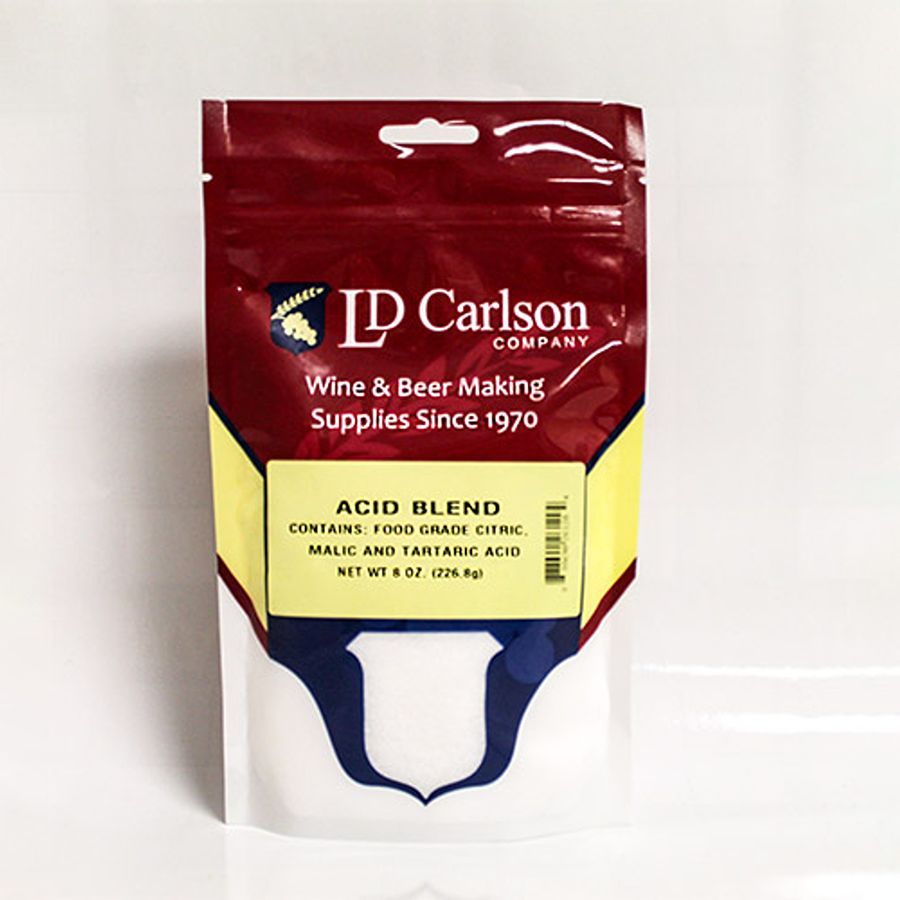
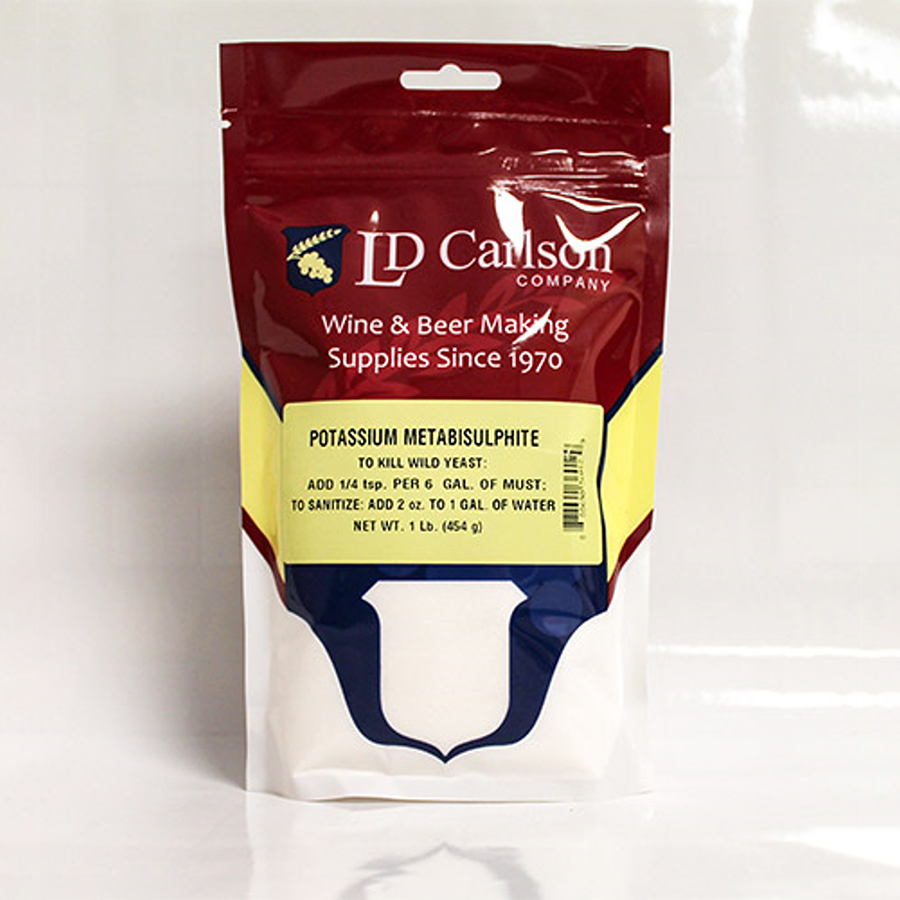
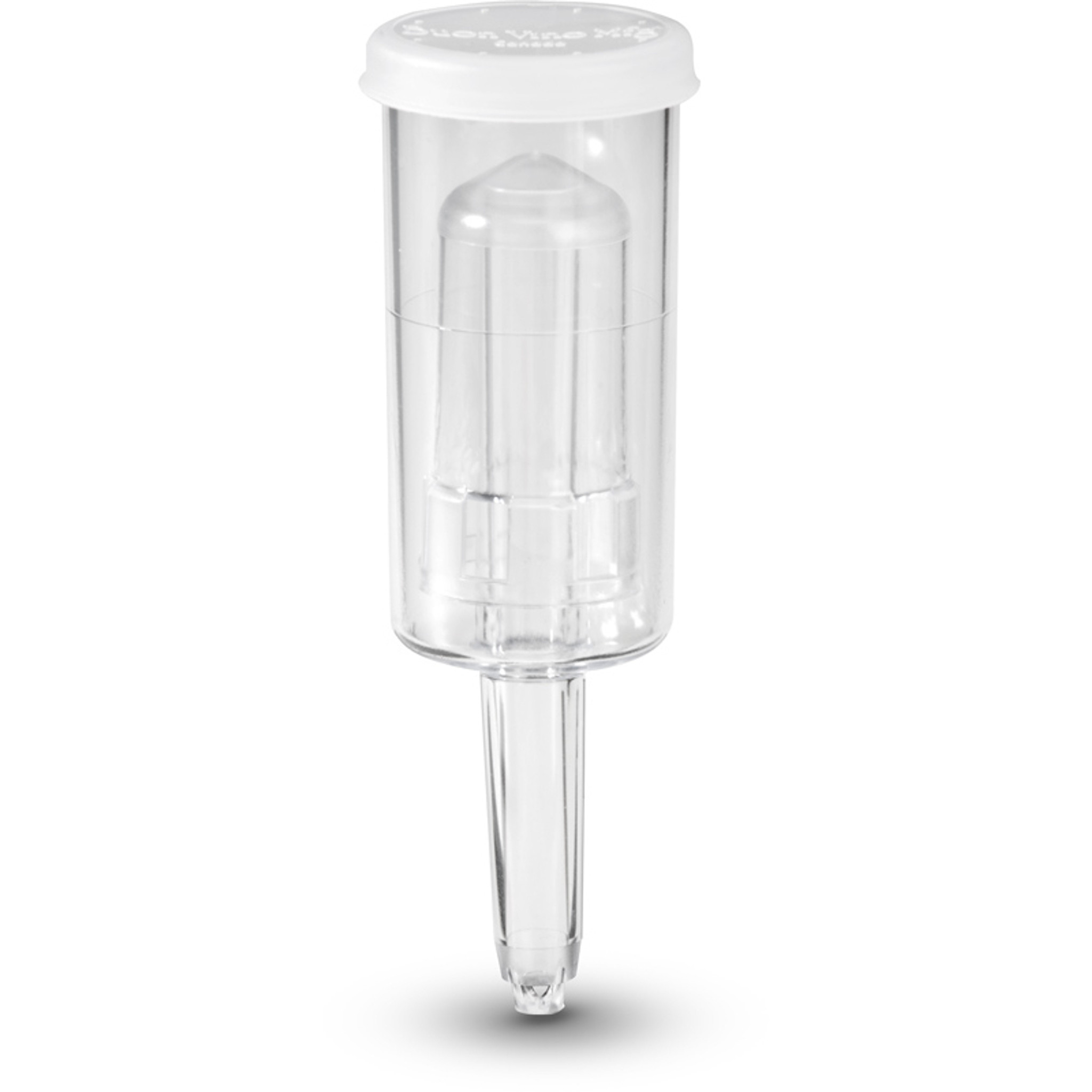 Airlocks
Airlocks